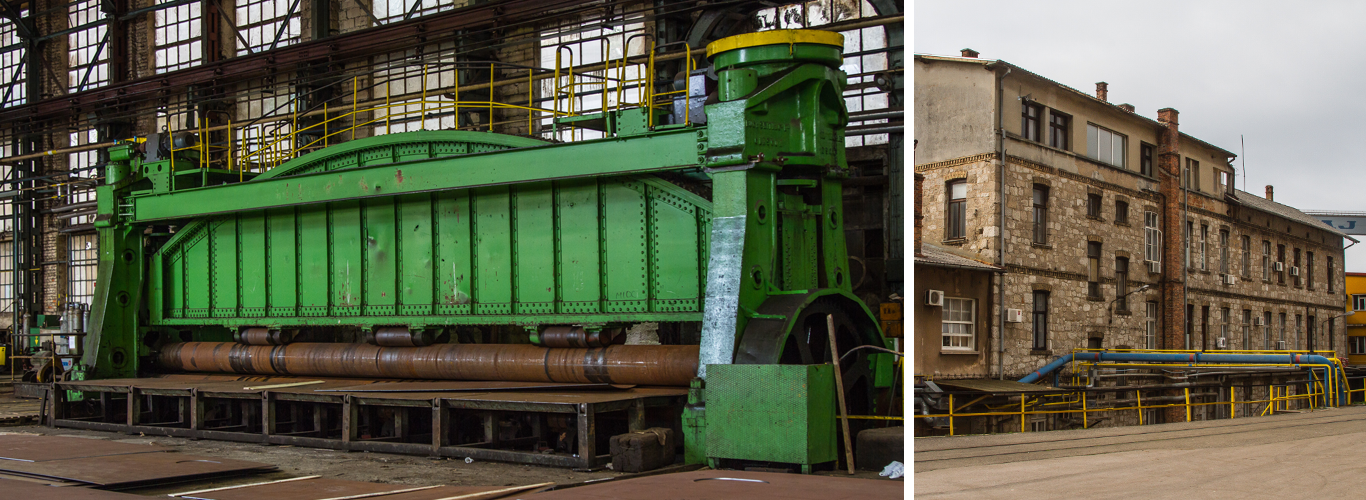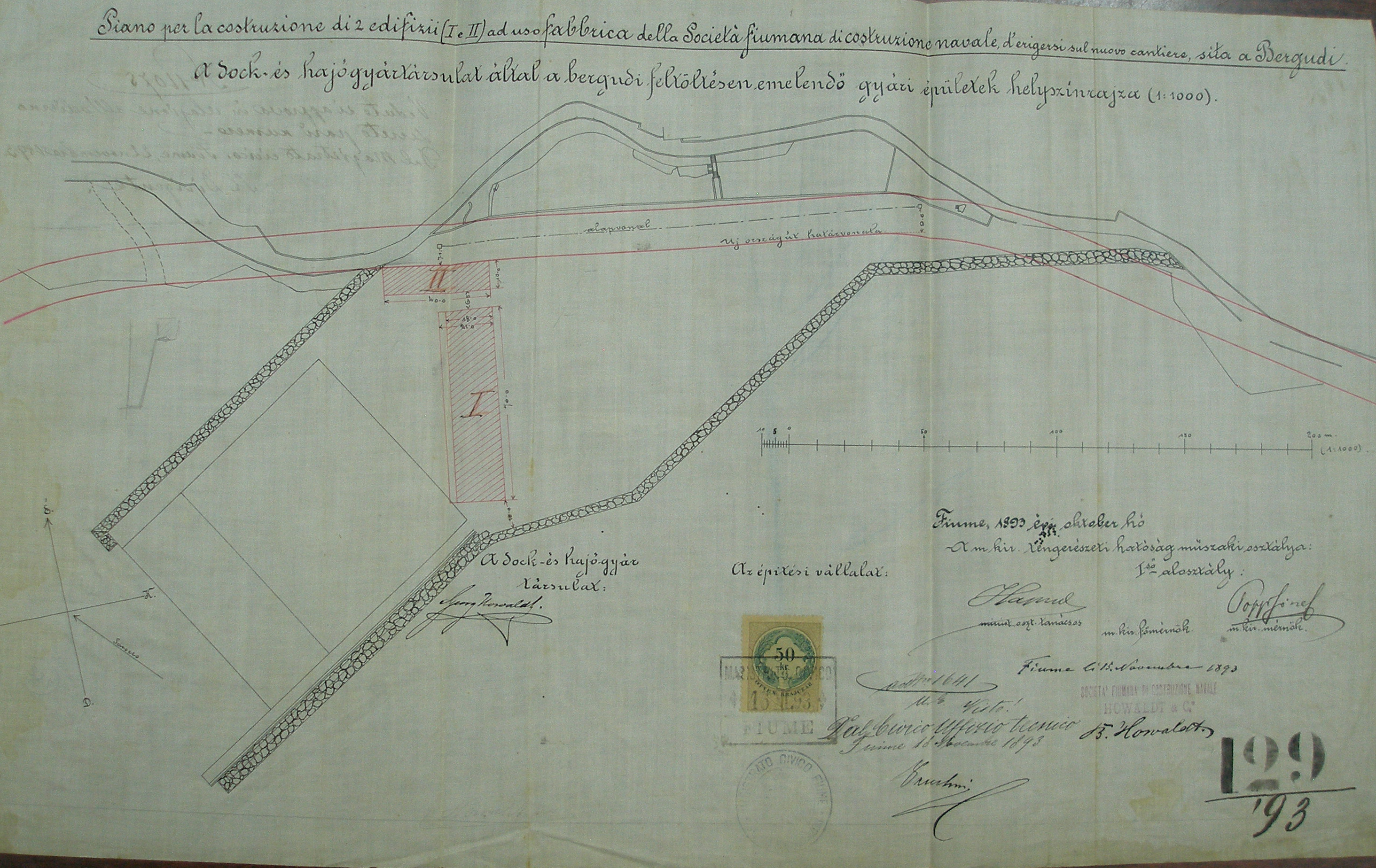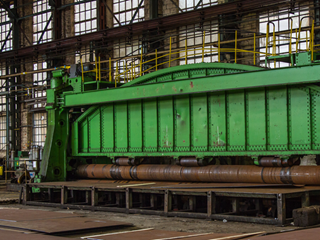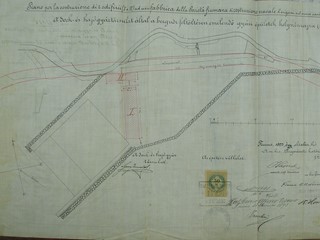3. Maj
address: Brgudi, CerovicePeriod: Historicism
Kind: Immovable material heritage
Century: 19
Year:
Purpose: industrial
The shipbuilding industry in the Brgud area developed in the second half of the 19th century. It all started with the company Rijeka’s Technical Institute, Stabilimento tecnico Fiumano. In the 1890s, by founding the Society for Docking and the Howaldt Society for Shipbuilding, the Hungarian government undertook the obligation to upgrade and prepare the necessary ground for a shipyard on the Brgud coast, west of the Torpedo Factory. In short order, the necessary halls, workshops and slipways for building ships up to 2,000 tons were constructed, and the company Howaldt brought machines from its shipyard in Kiel to Rijeka. The contract with the Howaldt shipyard expired in 1903. Its place was taken over by the Danubius shipyard, but only after the company made an agreement with the Hungarian government in which it stated that the Hungarians would be given preference when hiring and that the necessary working material would also be acquired from Hungary. The architect Vjenceslav Celligoi was in charge of a major part of the construction work at the shipyard. Construction was completed in May 1906. In the following decade, the shipyard experienced rapid technological progress, as well as significant spatial expansion, which increased its working capacity. In 1911, the Hungarians built new workshops, a power station, warehouses and administration buildings according to stylistic rules of Art Nouveau and Historicism. Just as in other shipyards, such as Lazarus, working conditions were very bad and the Danubius shipyard was known as “death trap” or “workers’ tomb”. Production was mostly by hand and labour-related injuries were very common.
After the creation of new social and political relations after World War I and the sale of the company’s shares, the shipyard was renamed Cantieri navali del Quarnero. During this period, Rijeka represented a strong competition for the Italian shipyards. A similar story is repeated during World War II and, only after the liberation of Rijeka and from 1948 onwards, we can talk about the 3. Maj Shipyard as we know it today.
Valorization:
In today's 3 Maj shipyard are incorporated buildings of the former factory of the chemical industry and the old shipyards Danubius.There isn't greater protection because the buildings are still used in the shipyard.There are few historic and modern buildings that are not protected.
Bibliography:
DARI, JU 51, kutija 113.
Klen, Danilo (ur.), Povijest Rijeke, Skupština općine Rijeka, ICR, Rijeka, 1988.
Lukežić, Irvin, Lazarusovo brodogradilište, Sušačka revija, godina II., br. 5, Klub Sušačana, Rijeka,1994.
Rotim Malvić, Jasna, Hoteli, u: Arhitektura secesije u Rijeci, Moderna galerija Rijeka, Rijeka, 1997./1998.






